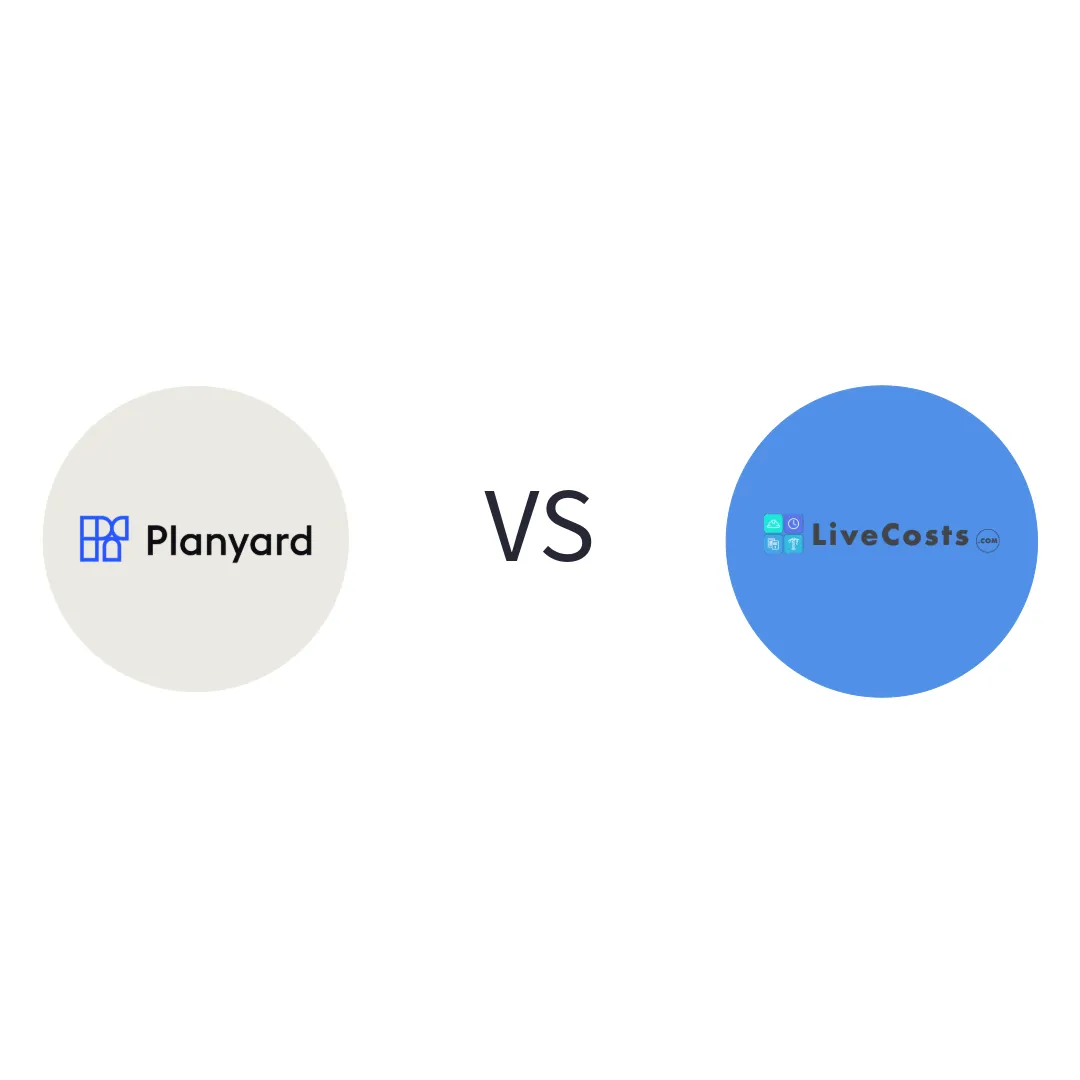Cost to complete and forecasting
You need a live view of cost to complete, early warning on overruns, and a forecast you can trust without rebuilding it in spreadsheets.
Planyard
Shows real time CVR and forecast updates as orders, invoices and variations are approved. You see issues early without touching Excel.
LiveCosts
Provides live budget vs actuals and committed costs. Many teams model detailed cost to complete in Excel when they need a full margin projection.




